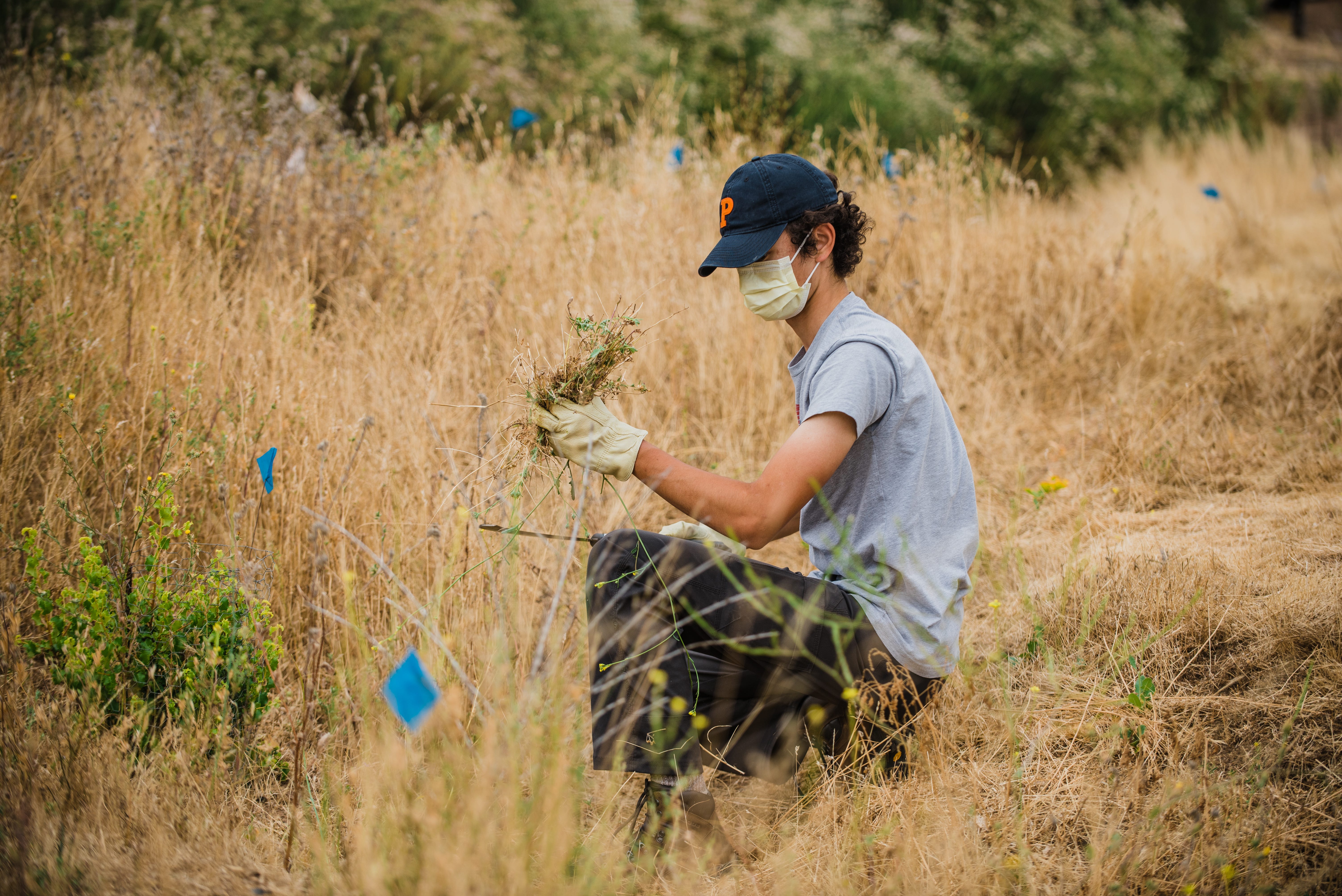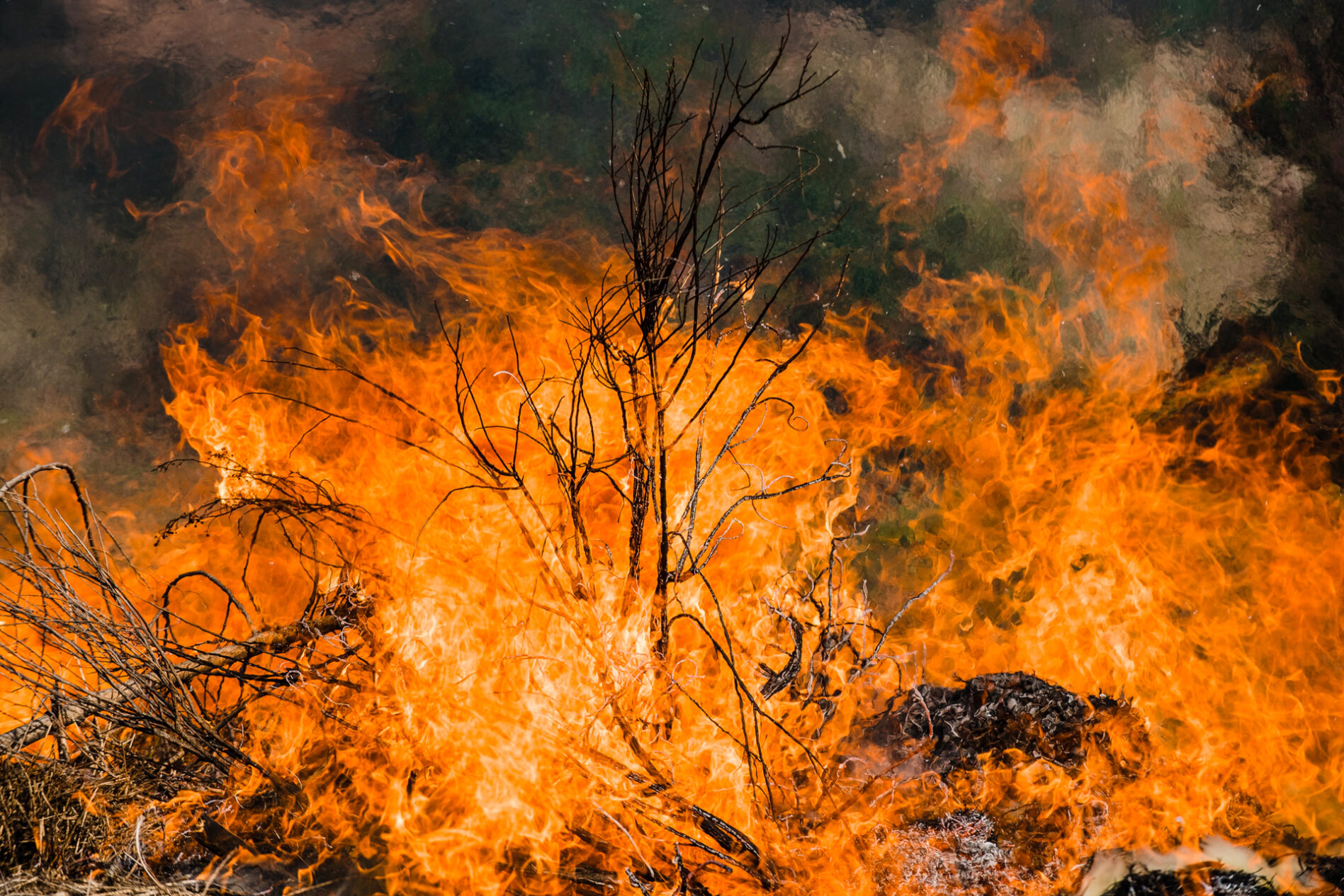It is 2 am on an unpleasantly warm but predictably unnerving autumn night. The Santa Ana winds are roaring through the hills and valleys of Southern California. Throughout Los Angeles, residents are on edge. It is not the wind that they are afraid of, even though it does have a role to play. It is fire. Angelenos are used to this threat, but now the danger has never felt so extreme and it’s putting our chaparral ecosystem at risk.
While the threat of fire looms over the lives of so many here in Southern California — we have our emergency kits ready to go, our evacuation routes practiced and memorized — one thing that is not so widely known is how fire here is unique. The circumstance of fires in Southern California is far removed from the picture of overgrown and dying forests. Our Mediterranean climate isn’t home to pines and cedars, but to chaparral and coastal sage. Unlike the pine forests to our north, whose natural cycles promote small but frequent fires, our chaparral ecosystem has evolved to have a longer fire cycle — one that is driven by wind and drought, not density and overgrowth.

Learn More About Chaparral:
- “Chaparral Fires: Ecology and Future Regiments”
- “Wildland Restoration: Our Work in San Francisquito Canyon”
In fact, our chaparral wildlands are currently suffering from too much fire. According to the California Chaparral Institute, the recovery time our chaparral ecosystem needs after fire can range from 30 years all the way up to 150 years. This means that more frequent fire and certain fire mitigation practices, such as controlled burns, are putting our chaparral at risk of being destroyed faster than the rate at which it can grow back. As human interaction and climate change combine to increase the stress on our chaparral, the increase in fire is leading to a phenomenon known as type-conversion.

Type-conversion is what happens when a region shifts from one type of ecosystem to another. In the case of Southern California, fire is causing a shift that is turning our native chaparral into grasslands filled with highly flammable invasive plants.
In 2018 when the Woolsey Fire carved a path of destruction from the Santa Susana highlands, across the Santa Monica Mountains and to the ocean, all that remained was a barren moonscape. In areas still recovering from past fires, the native plants that have called those hills home for millennia needed more time to recover their seed bank. Instead, the invasive grasses that humans have brought to this environment, seized on the opportunity for space and replaced those hillsides with fast growing, shallow-rooted, and quick drying annuals such as brome and mustards.
With each burn, less and less of our natives grow back and more and invasives take their place — increasing the fire risk and hastening this cycle of type conversion.
That is why at TreePeople we look to restore fire scarred areas not just to what they were before they burned, but to what they were before this uncanny cycle began to morph and change our landscape. As the effects of climate change and human activity continue to distort the Earth’s natural cycles, we can never completely remove the risk of wildfire, but by restoring our native chaparral, we can lessen the spread and intensity of these wildfires and give not only ourselves, but our native flora and fauna a fighting chance. To help TreePeople protect and restore Southern California’s chaparral, volunteer today!

